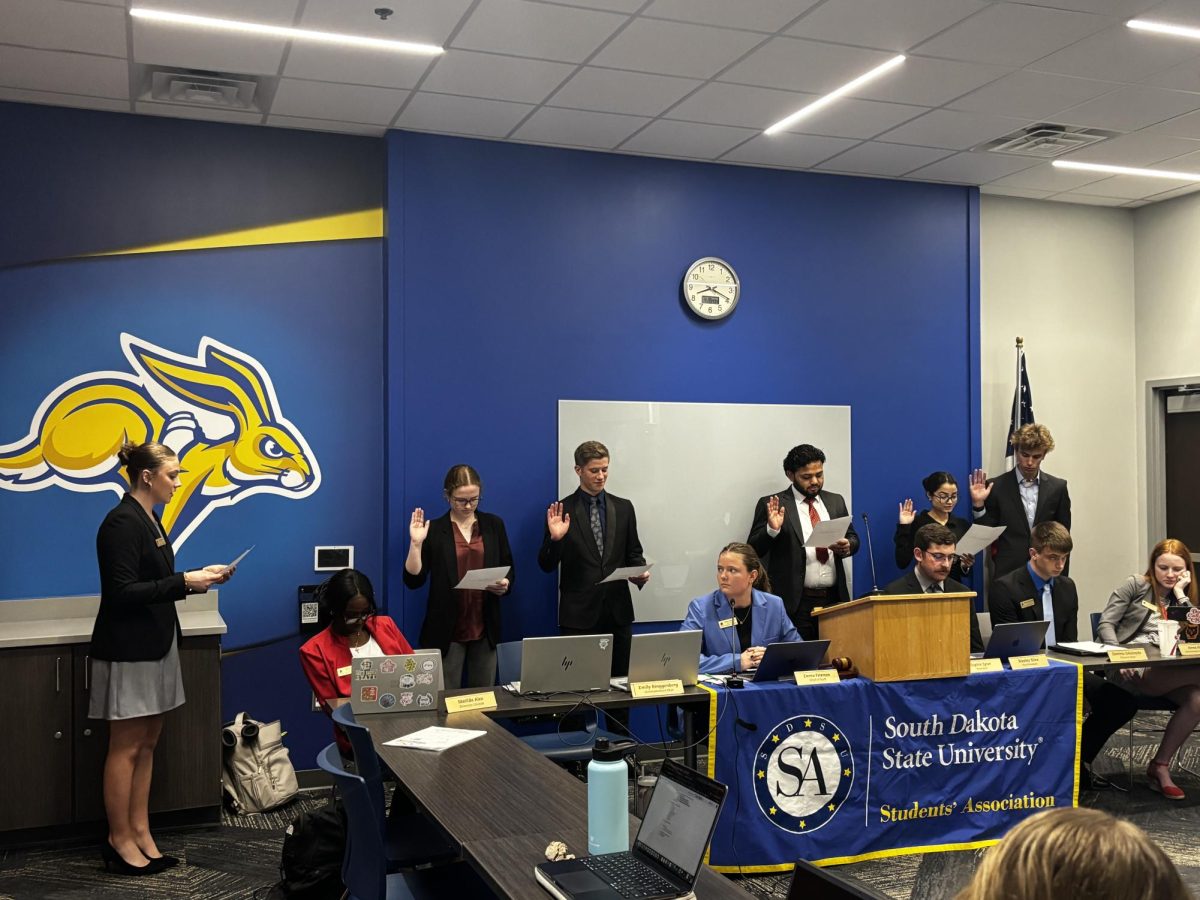Drought affects more than livestock
September 16, 2002
Brian Borden
The summer months passed with high temperatures and low rainfall across the state, not only affecting the family farmer, but also affecting college students.
Kim Cassel, Ag Program Leader of the Cooperative Extension Service, deals with many of these issues.
She said the office deals not only with “cows and crops,” but also with family issues.
Cassel said she wants the students to know they don’t have to handle it all by themselves this year.
“If any student has any questions, they need to see their advisor and ask for help or come see us, if they’re feeling they need to ask for help?counseling help,” Cassel said. They don’t need to deal with it alone.”
Cassel said this is not the only year students will be affected by the impact of the drought.
“The financial implications for the students is not just this year, but future years as well, whether we get moisture or not,” Cassel said. “We advised the students to reassess their financial status if their farm was affected by the drought.”
The office formed a drought task force of Exten-sion staff and SDSU faculty to help with the growing problems.
Being part of that team helped the SDSU staff see upcoming needs in the new school year, Cassel said.
“It was because of working with families our faculty saw students dealingwith the guilt of leaving plus the financial issues. That’s where the university stepped in,” she said. “The university has given the students a chance to reassess where they are.”
Cassel said many students feel guilty about leaving their families to attend school. The students ask themselves, “Can I come to college and have a good time?”
“The human issue and the human toll is becoming as much of an issue as the cows and crops,” Cassel said. “[People] feel bad because they have a crop and their neighbor doesn’t.”
In a press release from this August, SDSU economists Gary Taylor, Matthew Diersen and Alan May calculated that the drought had cost South Dakota’s economy $1.8 billion.
Cassel said the northwest corner of the state was hit the hardest by the drought.
In the release, Taylor said the drought was costing much more than just the family farmer.
“The total effect of the drought of 2002 is not reflected only in the value of lost agricultural production in South Dakota,” Taylor said.
“The losses incurred in other sectors of the economy as a result of decreased earning in the agricultural sector should also be included to obtain a true picture of the total effect on all industries and consumers in South Dakota,” he said.
Cassel said many families were forced to sell some of their animals and they were also purchasing fewer convenience-food items.
“Grocery stores were reporting people were buying the staples,” she said.
“Instead of the box of Au Gratin potatoes, people would be buying a bag of potatoes.”





















